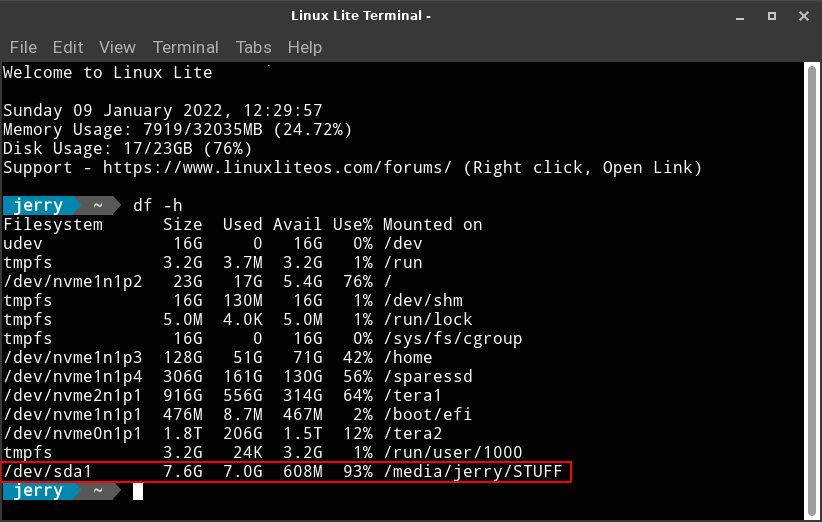
Get the space occupied by Kali image in bytes (3167)Ĭreate the third partition on the USB drive starting right after Kali image In order to make an encrypted persistent partition, use Linux (e.g., Kali Linux) and make sure your USB disk appears with fdisk -l. Using the dropdown, select Kali Linux from the Linux Distribution List. Saw an interesting approach from the book, Building a Pentesting Lab for Wireless Networks.ĭownload this tool - the Universal USB Installer (UUI). Does anyone know how can I install Kali with full disk / home folder encryption? Or enable is post install? I am using graphic install mode for installing Kali on the USB drive, however there is no option for the install to be encrypted (Full disk encryption or at least /home folder to be encrypted). This means even if I partition and install Kali on a pen drive since the bootloader will be installed on the machines fixed primary drive, the USB drive will fail to boot on a different device.Īnyone has any idea how to write bootloader to a USB drive and what parameters should be given so that it boots with Kali installed on it. Since, Kali's installer doesn't give option to select which drive to write the booloader to and directly writes on the HDD (sda1).

Here is a video explaining the same (video is not by me: ) I installed the OS (Ubuntu) and the bootloader on the pen drive and I can boot off it anywhere. I am currently running Ubuntu from a pen drive. This is similar to running other linux OS directly from USB. Second: boot up while booting your installation media, select Deepin Failsafe, so you enter the LiveCD mode of deepin.Greeting's, to clarify my question is not creating a Live USB drive or a persistence partition but creating a USB with GRUB bootloader (or other) and Kali which can be used on any machine.



(Successful deepin 15.10 installation result)


 0 kommentar(er)
0 kommentar(er)
